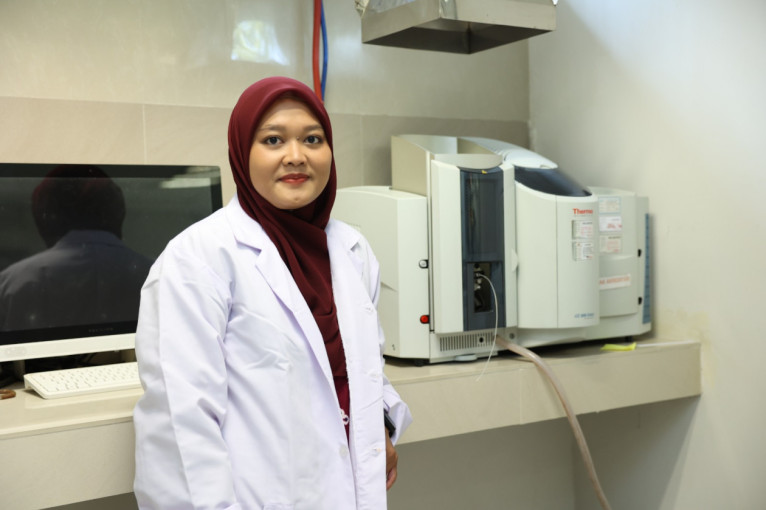
Dr. Lintang Nur Fadlillah, a lecturer at the Faculty of Geography, Universitas Gadjah Mada (UGM), and researchers from Finland conducted a study on the antibiotic potential of the Code River in Yogyakarta by collecting 24 water and surface sediment samples along the river.
The samples were taken along the Merapi River stream to the estuary. The results showed that the Code River has the potential for antibiotic resistance in several locations.
She said that antibiotic content in the Code River environment accumulates from various sources, ranging from hospital waste to chemical waste and livestock waste.
Furthermore, 16 sediment and water samples were collected in the Winongo River for research on the ecological risk index of heavy metals.
“When we look at the sediment in the Winongo River, the metal content is higher around Yogyakarta. We took samples from river water sediment near workshop discharges,” said Dr. Fadlillah on Friday (Mar. 22) in commemoration of World Water Day.
According to Dr. Fadlillah, rivers and lakes have their natural filtration systems. Under normal conditions, the flow will naturally restore quality due to river morphometrics, but the accumulation of metals in sediment causes metal compounds and nutrients to bind to sediment, preventing natural recovery.
Dr. Fadlillah stated that metals and antibiotics in the Winongo and CodeRivers are suspected to be due to weak Wastewater Treatment Plant (WWTP) systems.
Most of the waste in Yogyakarta’s rivers comes not from large factories or industries but from households and small —to medium-sized domestic businesses.
Dr. Fadlillah recommended that local governments pay serious attention to WWTP management in Yogyakarta, which is crucial in addressing river water pollution issues.
She added that the monitoring of WWTPs for macro industries, such as factories and hospitality, is already strictly regulated, but it has yet to be maximally implemented for micro-scale sectors, such as household waste.
“There are not many villages or neighborhoods in Yogyakarta that have WWTP systems due to limited resources and public awareness of the environment, which is still lacking,” she said.
Furthermore, if rivers continue to be polluted by heavy metals and antibiotic residues, the public may consume them. In some cases, contaminated water also causes stunted growth in children.
“Therefore, UGM is actively supporting research implementation to improve the quality of life for communities, one of which is by paying attention to the quality of consumed water,” concluded Dr. Fadlillah.
Author: Tasya
Editor: Gusti Grehenson

